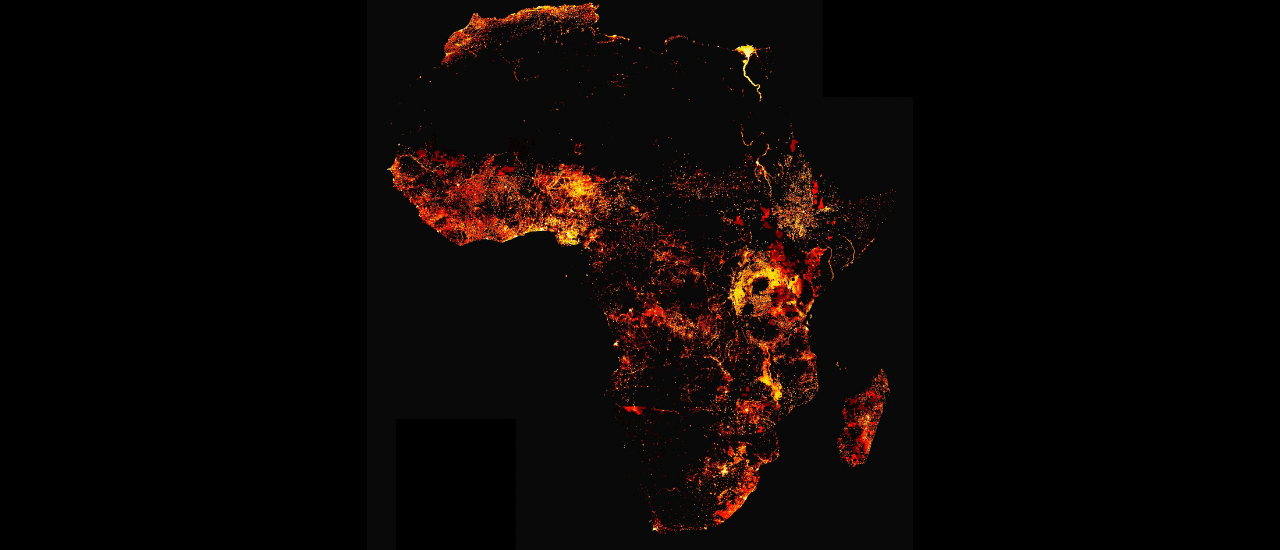


This past weekend, while preparing a Consumer Insights assignment in my MBA, I found myself staring at population density heatmaps of Africa.
The continent lit up like embers, but one dot burned especially bright — Malawi. My tiny home country, barely visible on most world maps, suddenly looked ablaze.
As a demographer at heart, the maps pulled me in. It wasn’t just beautiful data; it was a story about who we are and what we’re becoming.
Malawi has one of the world’s youngest populations — about 80% of us are under 35. Multiply that story across Africa and you see something staggering: a continent of 1.5 billion people, most of them young, with the total set to reach 2.5 billion by 2050.
It’s thrilling. And daunting. Because a youth bulge is not destiny — it’s a window.
Africa is now the world’s youngest region (median age ≈19). Every year, around 12 million young Africans enter the labor market — but only about 3 million formal wage jobs are created.
Urbanization is accelerating; by 2035, at least six African cities will each host over 10 million people.
If we get this right — with skills, jobs, and infrastructure — this “youth bulge” could drive the fastest economic transformation since post-war Asia.
If we fail, it becomes the demographic trap: mass underemployment, frustration, migration, and instability.
This September in New York, I wasn’t just an observer. I represented African youth on global stages — and I felt the winds changing.
Every room echoed a new message: Africa doesn’t want pity — it wants partnership and power. Leaders spoke about structural reform, climate finance, and economic sovereignty. Youth were framed not as “beneficiaries” but as co-builders.
My assignment in Consumer Insights this week was about subcultures, and what marketers should know about them. I have a choice in the demographic I would analyze; and I of course chose Africa. Africa is not a single story, but some patterns are clear:
These aren’t abstract opportunities. They’re where entrepreneurs (like me) are already experimenting.
My own career has moved from international development to digital entrepreneurship to now systemic building. Along the way I’ve realized something simple but stubborn:
Everything crumbles without two fundamentals — human capacity and reliable energy.
Q2 Corporation is my bet: if we get Education + Energy right, Africa’s youth wave becomes an innovation tsunami.
This isn’t theory for me — it’s lived.
I’m an MBA student by day, entrepreneur by night, sometimes youth delegate by week.
I’ve built platforms, pitched at UN panels, and still wrestle with infrastructure gaps, capital scarcity, and the cognitive overload of bridging two worlds: the big global development stage and the gritty, practical work of starting companies at home.
But the heatmaps keeps me going. They are reminders: density isn’t just pressure; it’s power, if harnessed.
Africa’s youthful populus is not a liability. It’s one of the world’s greatest growth engines — if education systems equip, if energy systems enable, and if global capital partners rather than patronizes.
My hope, as someone building Q2, is that we stop asking whether Africa will rise, and start asking: how do we build the scaffolding so its rise is unstoppable?
Because those glowing dots on the map — Malawi among them — are ready to light the way.
If you’d like to go deeper into my journey — from Malawi, through the United Nations to Microsoft, you can find it in my books: